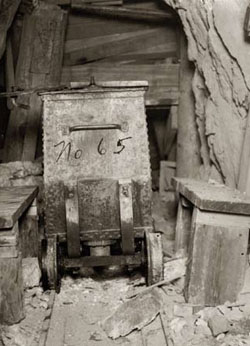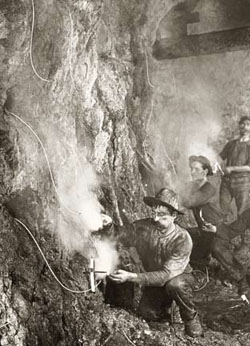Montana: Stories of the Land
Companion Website and Online Teacher's Guide
Chapter 15 - Progressive Montana, 1900-1924
Chapter 1 - Montana: Where the Land Writes History
Chapter 2 - People of the Dog Days
Chapter 3 - From Dog Days to Horse Warriors
Chapter 4 - Newcomers Explore the Region
Chapter 5 - Beaver, Bison, and Black Robes
Chapter 6 - Montana's Gold and Silver Boom
Chapter 7 - Two Worlds Collide
Chapter 8 - Livestock and the Open Range
Chapter 9 - Railroads Link Montana to the Nation
Chapter 10 - Politics and the Copper Kings
Chapter 11 - The Early Reservation Years
Chapter 12 - Logging in the "High Lonesome"
Chapter 13 - Homesteading This Dry Land
Chapter 14 - Towns Have Lives, Too
Chapter 15 - Progressive Montana
Chapter 16 - Montana and World War I
Chapter 17 - Montanans on the Move
Chapter 18 - The Great Depression Transforms Montana
Chapter 19 - World War II in Montana
Chapter 20 - Building a New Montana
Chapter 21 - A People's Constitution
Chapter 22 - Living in a New Montana
Learning From Historical Documents
Testimony from Hum Fay. Hum Fay, et al. vs. Baldwin, et al. records, 1898. Manuscript Collection 43. [box 1 folder 3]. Montana Historical Society Research Center. Archives.
Context for Hum Fay's Testimony:
Chinese communities grew in Butte, Helena, and throughout the United States as an urban residual of the mining frontier. Many Chinese worked discarded mines with profitable patience, served in countless domestic capacities, and opened businesses of their own. As their communities grew, white neighbors sometimes grew fearful and unfriendly. In Butte, opposition took the form of a union boycott of Chinese businesses. Hum Fay, who owned the Palace Restaurant in Butte, responded with a law suit, which ultimately ended the boycott but not the prejudice that sparked it.
About Primary Sources:
Letters, diary entries, census records, newspapers, and photographs are all examples of "primary sources," material created at a particular moment in the past that has survived into the present. Primary sources can provide clues to the past. They are our windows into an earlier time. The Montana Historical Society contains thousands of primary sources. The above item from the Society's collection relates directly to this chapter.


